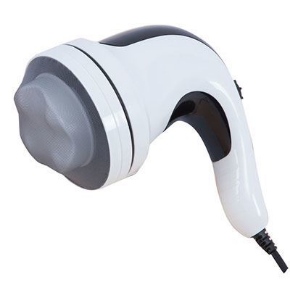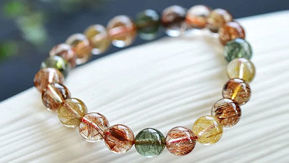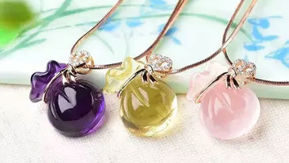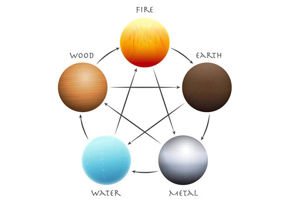Before deciding on how to build a pond, you need to consider your specific need – what are you going to do with it? Breed fishes or what? You should also consider your geographic region to make sure the pond will not freeze in the winter.
Most DIY pond builders use materials like fiberglass, concrete, and plastic to build. These are not the best choice material as they will inevitably leak. The best choice today is an EPDM 45 mil, Carlyle liner. These liners are sold online and at most garden centers. Although, a more formal pond is built with structured material like stone and concrete, yet the use of tile is applied in the construction. This is meant to complement the look and feel of your home.
A pond that is intended to house plants or fishes cannot have any chlorine in it because that chemical is detrimental to both plants and fish. Building your pond isn’t as easy as it seems as it involves a lot of steps, pros, and cons. It is not just someplace where you just throw your fish in.
To give you an insight and better understanding on the prerequisites and limitations in building ponds, follow these basic steps to achieve your desired pond.
- Thorough Research And Planning
Make this your first step, use the internet and search for useful information about pond building. Learn from those who already have a Koi pond. The more information you get, the better the chances of building the right pond at the first attempt. During this phase, you’ll have to decide what type of pond you’ll be building – either to house fish and plants or just a water feature. Don't limit your search for the pond guidelines alone; also focus on the required Koi pond equipment. Make proper plan and arrangement for every single detail you can lay your hands to proceed without any hassles.
- Location
If the pond will be used as a water feature, chlorinated water won’t pose a threat as opposed to it being used to house fish and plants. What you intend using the pond for will determine the best spot to start digging. If you have trees, it is best for you to build your pond beneath it. This will help to provide shade for the pond.
- Dig Your Pond
After getting your pond location, you can now make the shape of the pond however you want, but make sure you dig it between 8 and 24 inches deep. Most people choose to make the middle of the pond deeper than the sides. Whichever way you choose depends on you!
- Using A Pond Liner
Some people ignore this crucial step. However, this step can be ignored if your soil contains a lot of clay.
- Decoration
This is optional for those who want to add some beautiful lighting to make their pond dazzle after dark as it will bring out the beauty at night. Using LED lights is a great tip on how to bring out the beauty in a pond; this is because of their strength and durability. This will make you enjoy the beauty of your pond during the day and also at night as well.
If you want your pond to be a bit dimmer, you can go with other lights. You can use specially made floating lights for your pond. Most of these run on power or solar so if you don’t want to invest much on maintenance, it is best to get the solar powered lights. The light saved in the sun all day will light them up all night. This can also be used in places where there isn’t a steady available source of electricity.
- Install A Pump And Channel
Although adding a pump and filter to your pond is necessary, however, this isn’t really necessary with a small pond. There come in various models and it’ll be best for you to have your retailer help you decide which size and model is best for your pond. Read the guidelines carefully even if fixing the pump in the water seem easy. Also note that the filter needs to be properly positioned in front of the pump to enhance the flow of water through the filter first.
- Including Rocks "n" Gravel
The next step is to add gravel and a few heavy rocks around the edges of the pond. These rocks and gravel will then be added to the bottom of your pond, so remember this while digging it. Another important tip is to cut (into different sizes) and place heavy rocks close to the edges of the liner to set it in place. This will create a stagnation zone in the pond.
- Shade
Vegetations not only provide the necessary shade required in protecting your pond, but it also gives your pond a natural look. Planting beautiful flowers will make the pond come to terms with nature.
- Introduce The Fish
This step is only applicable if this pond is built to house fish. Now that everything is set, it is time to introduce the fish into their new environment. The first few days or week might be challenging because of the responsive adjustment of their sense organ, they will adapt even faster in as much as you put everything in place.
- Proper Maintenance
At last, you have successfully built your pond; however, it doesn’t stop there. Giving proper maintenance in your pond is very important. Doing this will avoid it from having green water, prevent the growth of algae, and also prevent the death of your fish. Use a good filtration system that will filter the unwanted debris in your pond. If your pond is located under a tree, it is best to take away falling leaves.
Beyond doubt, knowing how to build a pond is fun filling. It will expand your knowledge of so many trees and plants. Furthermore, you will have an opportunity to create all the natural beauty that you have ever wanted around you and also landscape your property.

































